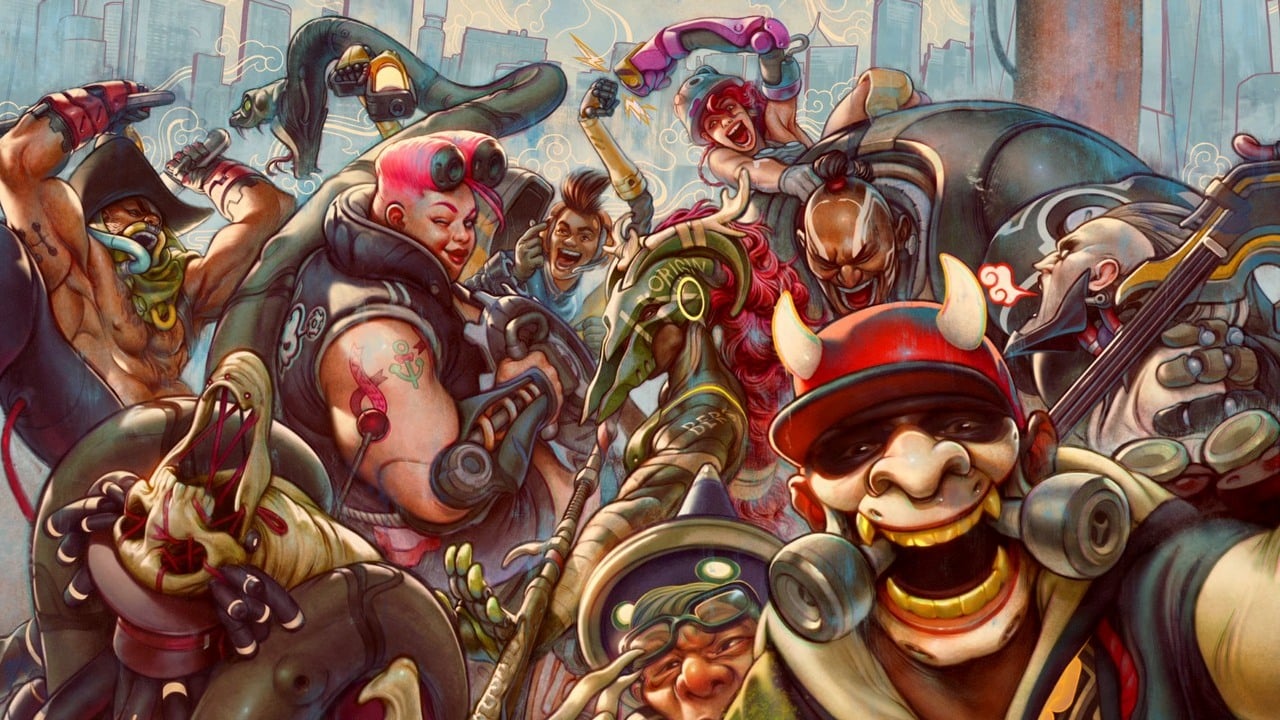
For a number of years, Microsoft has been pouring significant resources into the development of artificial intelligence (AI). So far, their efforts have primarily been directed towards business and practical applications, but they also envision using AI in gaming. The most recent example of this is the unveiling of a new model centered around generative AI technology.
The software named Muse is built for creating live-action game graphics and managing character actions.
- Muse was developed by the Game Intelligence and Teachable AI Experiences groups, which are part of the Microsoft Research department. The people working there do not have much experience in game development, so they enlisted the help of Ninja Theory, the dev of the Hellblade series.
- The choice of Ninja Theory isn’t surprising, as the model was trained on the shooter game Bleeding Edge, released by this studio in 2020. Before the game begins, players need to consent to match recording, allowing Microsoft Research to access a vast amount of data to “feed” their AI model.
In this case, the methods being applied are reminiscent of those utilized in the previous year’s experiment, during which an AI system was deployed to create a real-time Doom performance.
- Muse examined more than a billion images and logged interactions with the controller, which altogether equate to seven years of gameplay (if a single player were responsible for everything), and through this, the model learned to create graphics by predicting what should appear on the screen.
- Muse should be able to maintain the consistency of the generated graphics for several minutes. It’s hard to tell how well it turned out, as Microsoft only provided videos in 300×180 resolution, making it practically impossible to spot typical AI distortions.
However, the mere fact that the longest of these materials last for two minutes is impressive.
For now, it’s just an experiment
It’s worth noting that this is just a thought-provoking exploration and probably won’t be seen in video games for quite some time.
In the future, conventional game graphic generation methods may prove to be more feasible. However, it’s worth noting that training AI for this purpose requires first constructing the entire game and then capturing numerous years of gameplay data. Hence, there are no economic benefits to speak of when it comes to employing generative artificial intelligence in game development, which is a key advantage often cited.
Admittedly, this serves as a substantial milestone in the realm of experiments. Microsoft has generously shared certain aspects of Muse on Azure AI Foundry, leaving us intrigued about the innovative applications that other developers might create using this technology.
Read More
- 50 Ankle Break & Score Sound ID Codes for Basketball Zero
- Who Is Harley Wallace? The Heartbreaking Truth Behind Bring Her Back’s Dedication
- 50 Goal Sound ID Codes for Blue Lock Rivals
- Mirren Star Legends Tier List [Global Release] (May 2025)
- How to play Delta Force Black Hawk Down campaign solo. Single player Explained
- KPop Demon Hunters: Real Ages Revealed?!
- Here’s Why Your Nintendo Switch 2 Display Looks So Blurry
- Elden Ring Nightreign Enhanced Boss Arrives in Surprise Update
- 100 Most-Watched TV Series of 2024-25 Across Streaming, Broadcast and Cable: ‘Squid Game’ Leads This Season’s Rankers
- Jeremy Allen White Could Break 6-Year Oscars Streak With Bruce Springsteen Role
2025-02-21 00:32